---
title: Configuration
---
# Configuring Your BigQuery Connector to DataHub
Now that you have created a Service Account and Service Account Key in BigQuery in [the prior step](setup.md), it's now time to set up a connection via the DataHub UI.
## Configure Secrets
1. Within DataHub, navigate to the **Ingestion** tab in the top, right corner of your screen
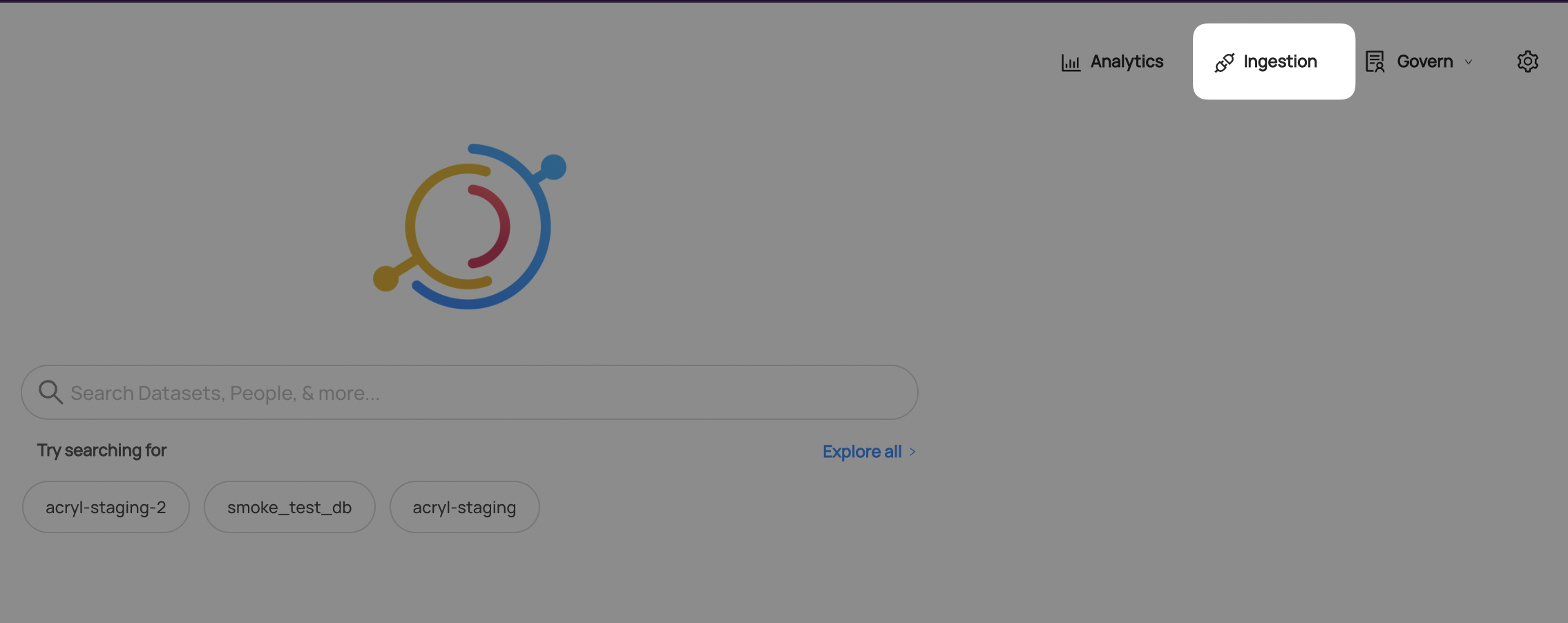
:::note
If you do not see the Ingestion tab, please contact your DataHub admin to grant you the correct permissions
:::
2. Navigate to the **Secrets** tab and click **Create new secret**
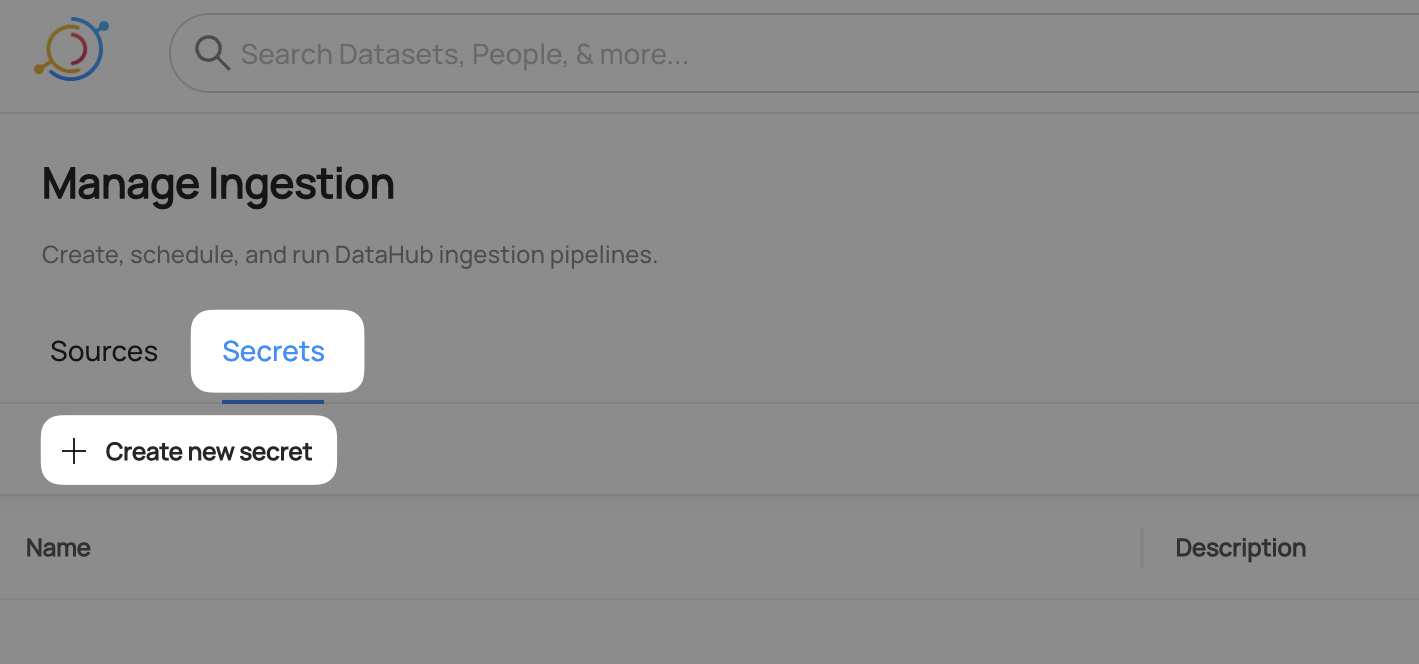
3. Create a Private Key secret
This will securely store your BigQuery Service Account Private Key within DataHub
- Enter a name like `BIGQUERY_PRIVATE_KEY` - we will use this later to refer to the secret
- Copy and paste the `private_key` value from your Service Account Key
- Optionally add a description
- Click **Create**
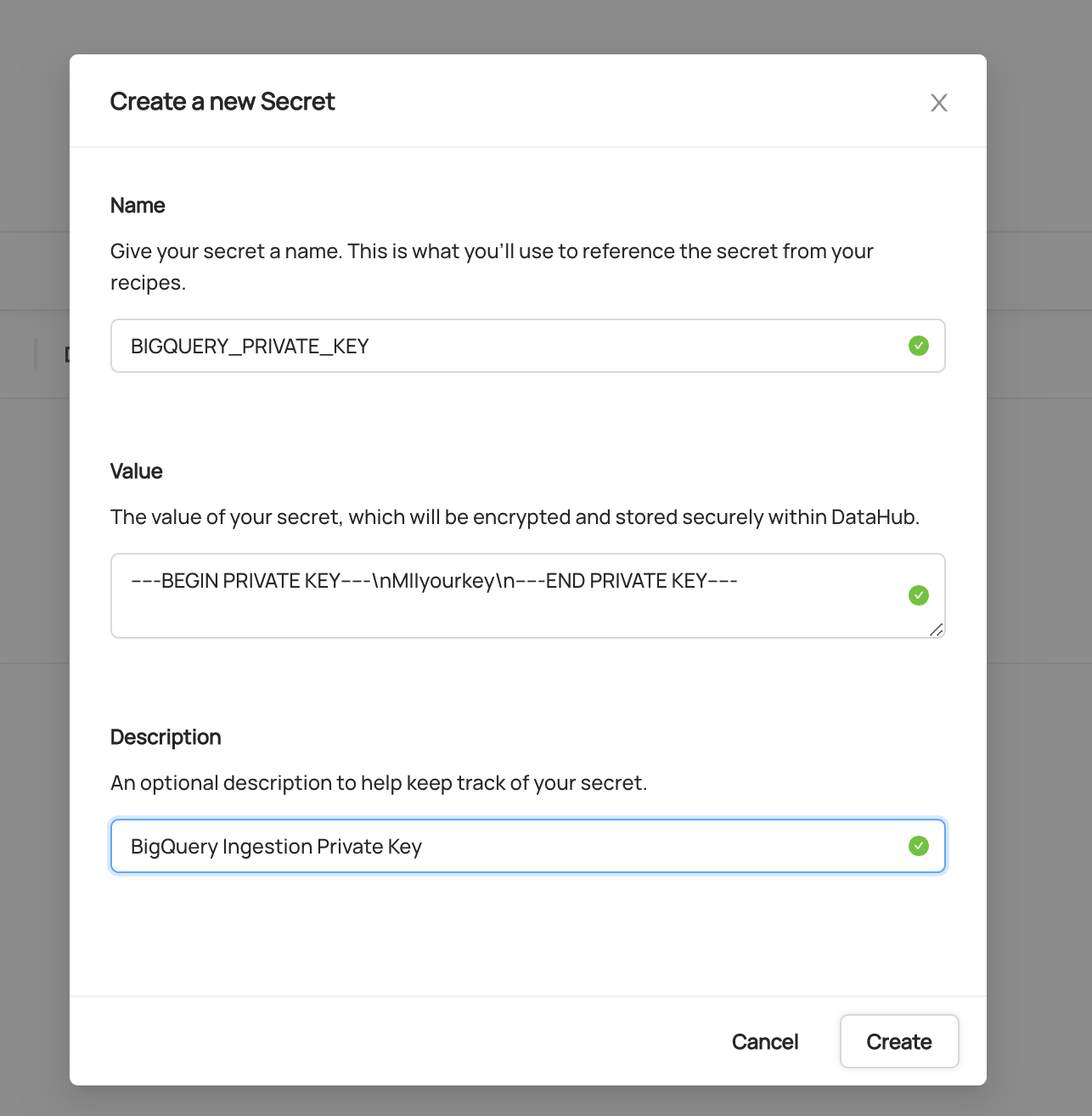
4. Create a Private Key ID secret
This will securely store your BigQuery Service Account Private Key ID within DataHub
- Click **Create new secret** again
- Enter a name like `BIGQUERY_PRIVATE_KEY_ID` - we will use this later to refer to the secret
- Copy and paste the `private_key_id` value from your Service Account Key
- Optionally add a description
- Click **Create**
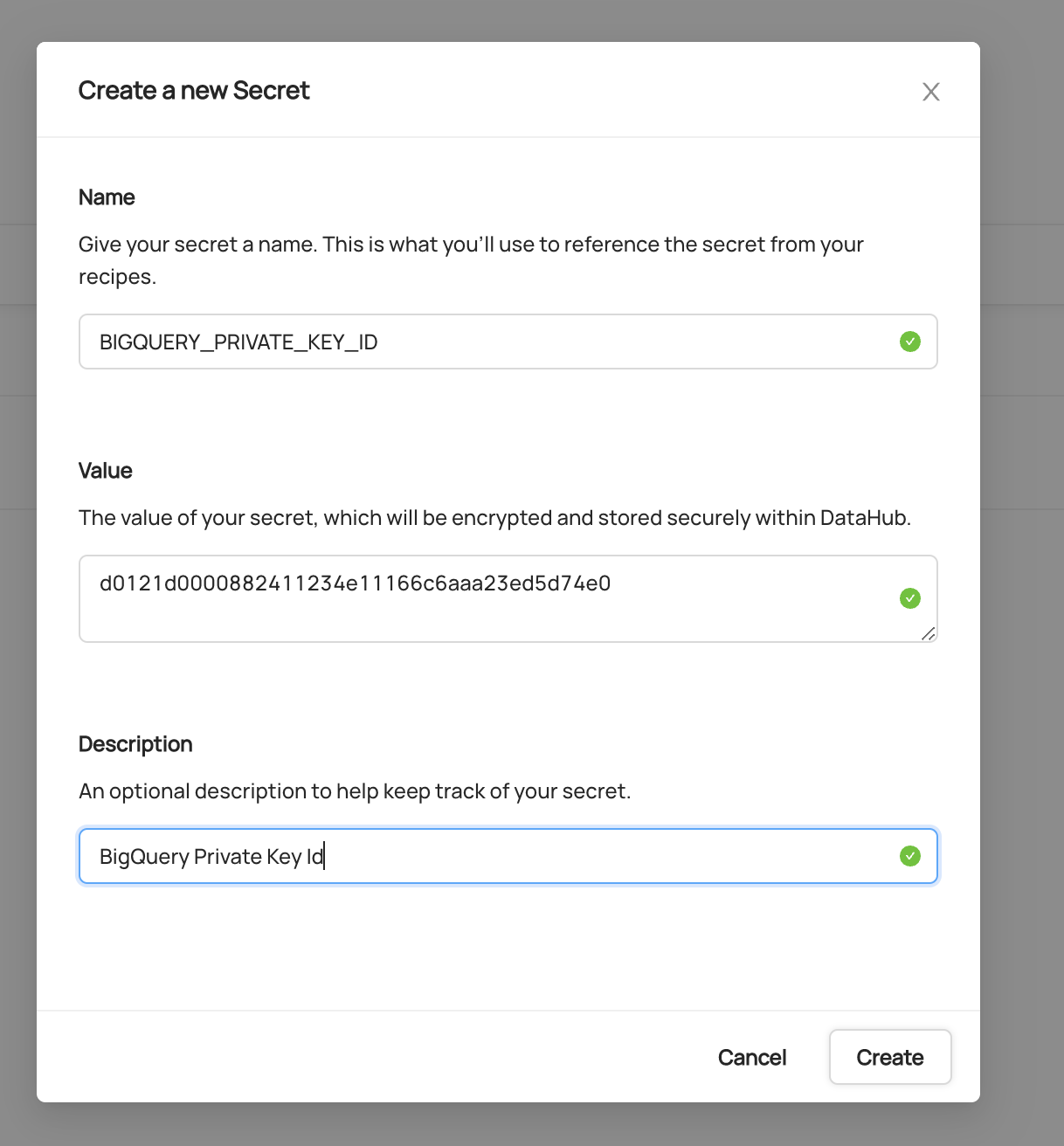
## Configure Recipe
5. Navigate to the **Sources** tab and click **Create new source**
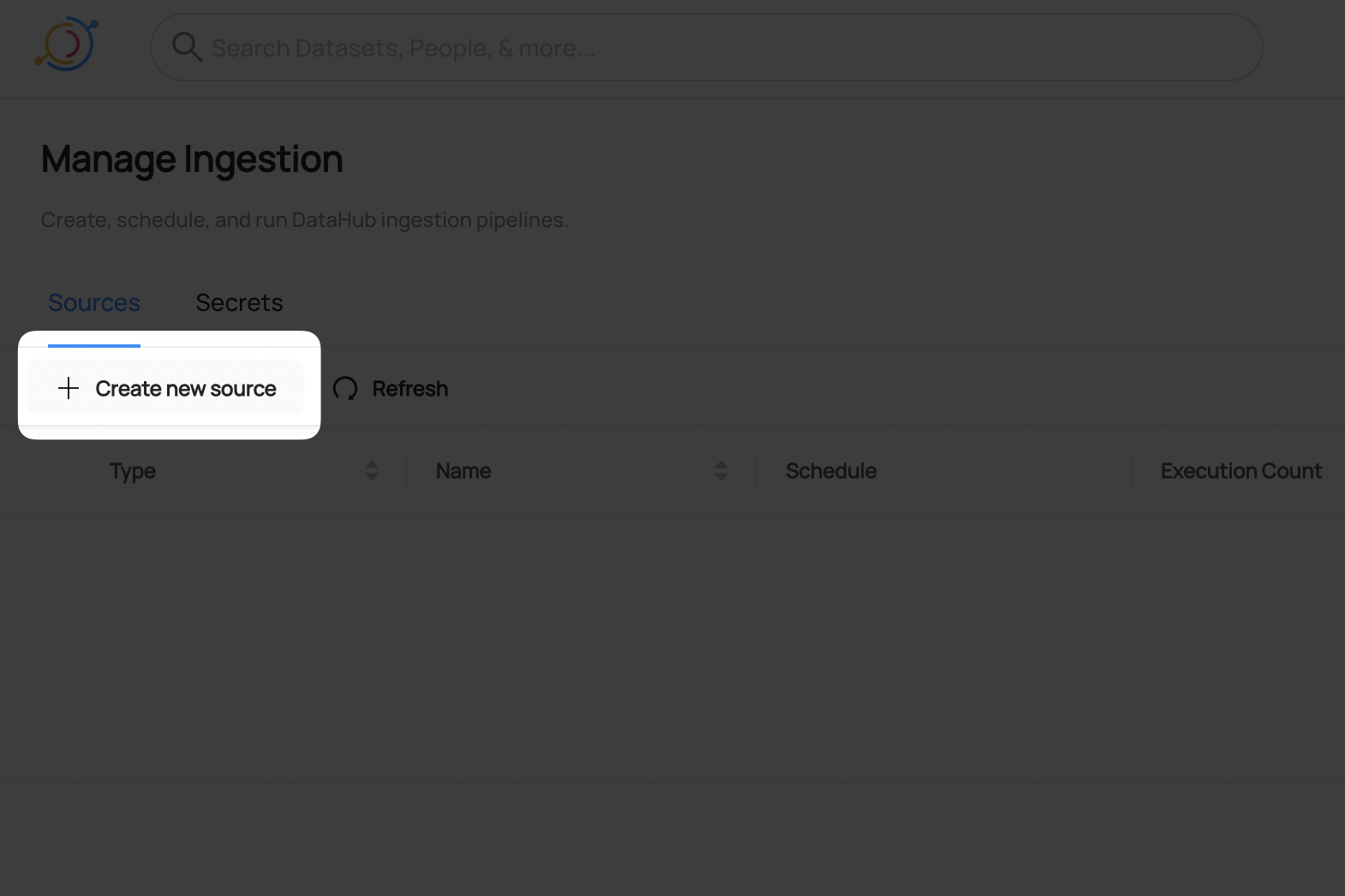
6. Select BigQuery
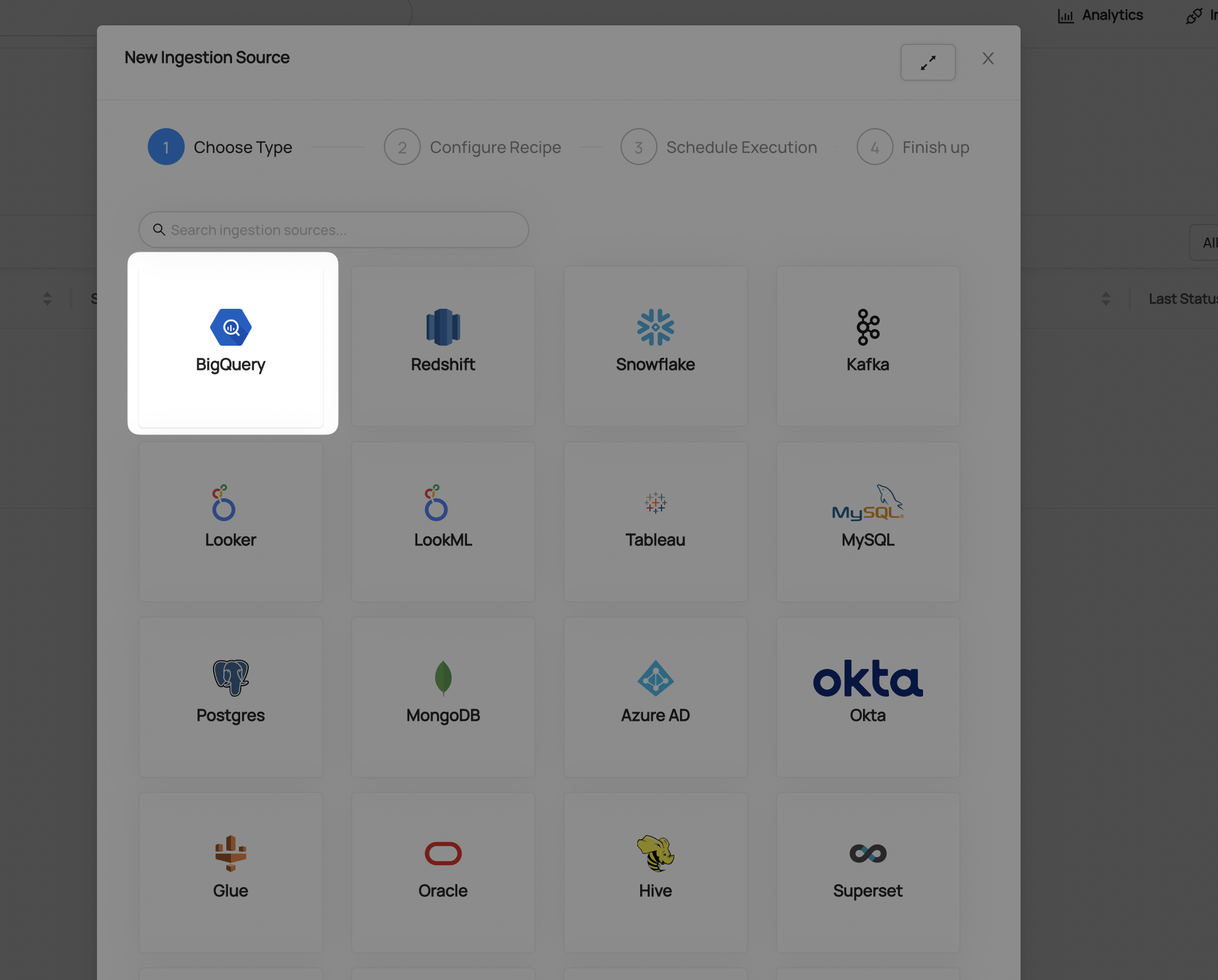
7. Fill out the BigQuery Recipe
You can find the following details in your Service Account Key file:
- Project ID
- Client Email
- Client ID
Populate the Secret Fields by selecting the Private Key and Private Key ID secrets you created in steps 3 and 4.
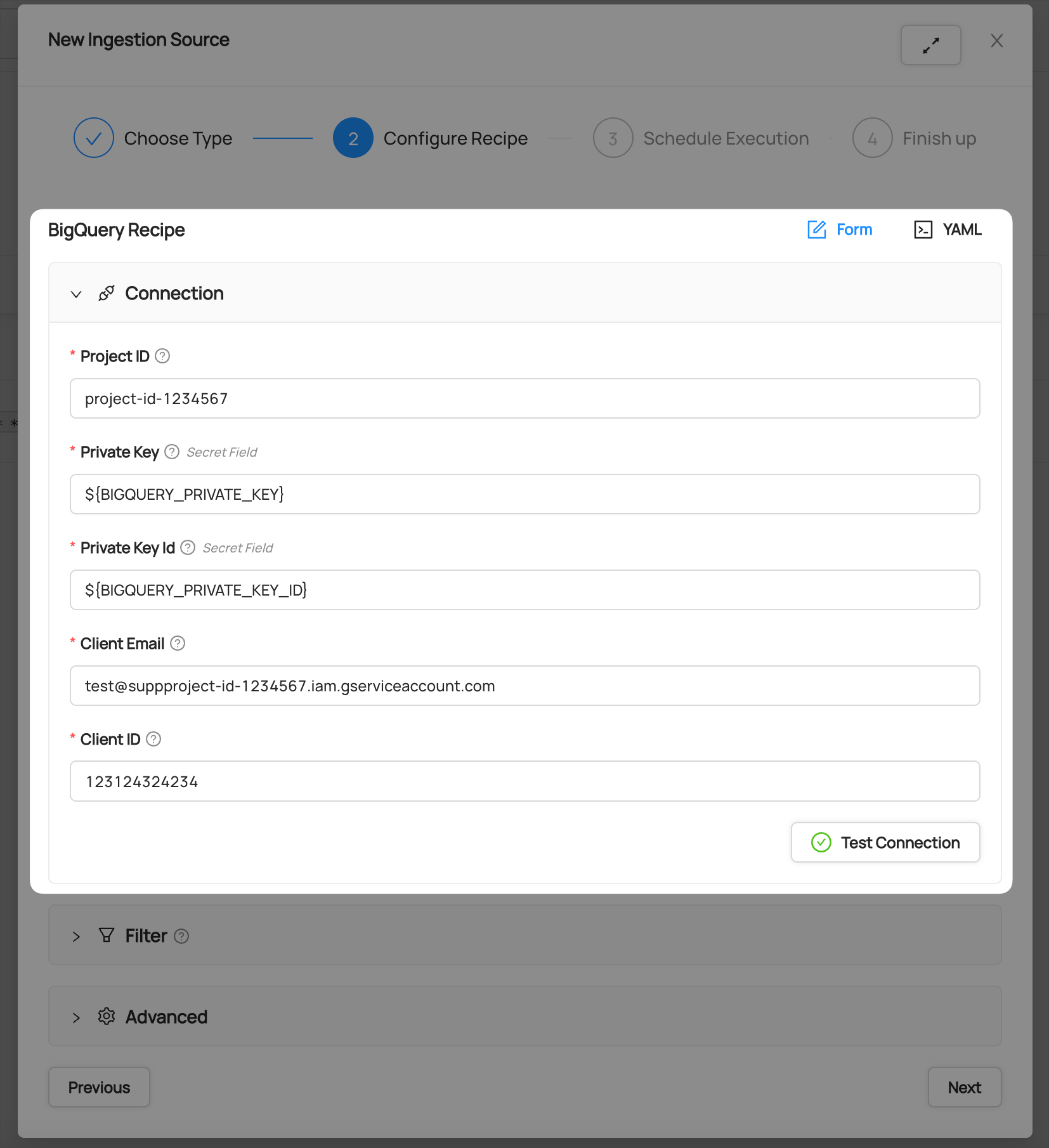
8. Click **Test Connection**
This step will ensure you have configured your credentials accurately and confirm you have the required permissions to extract all relevant metadata.
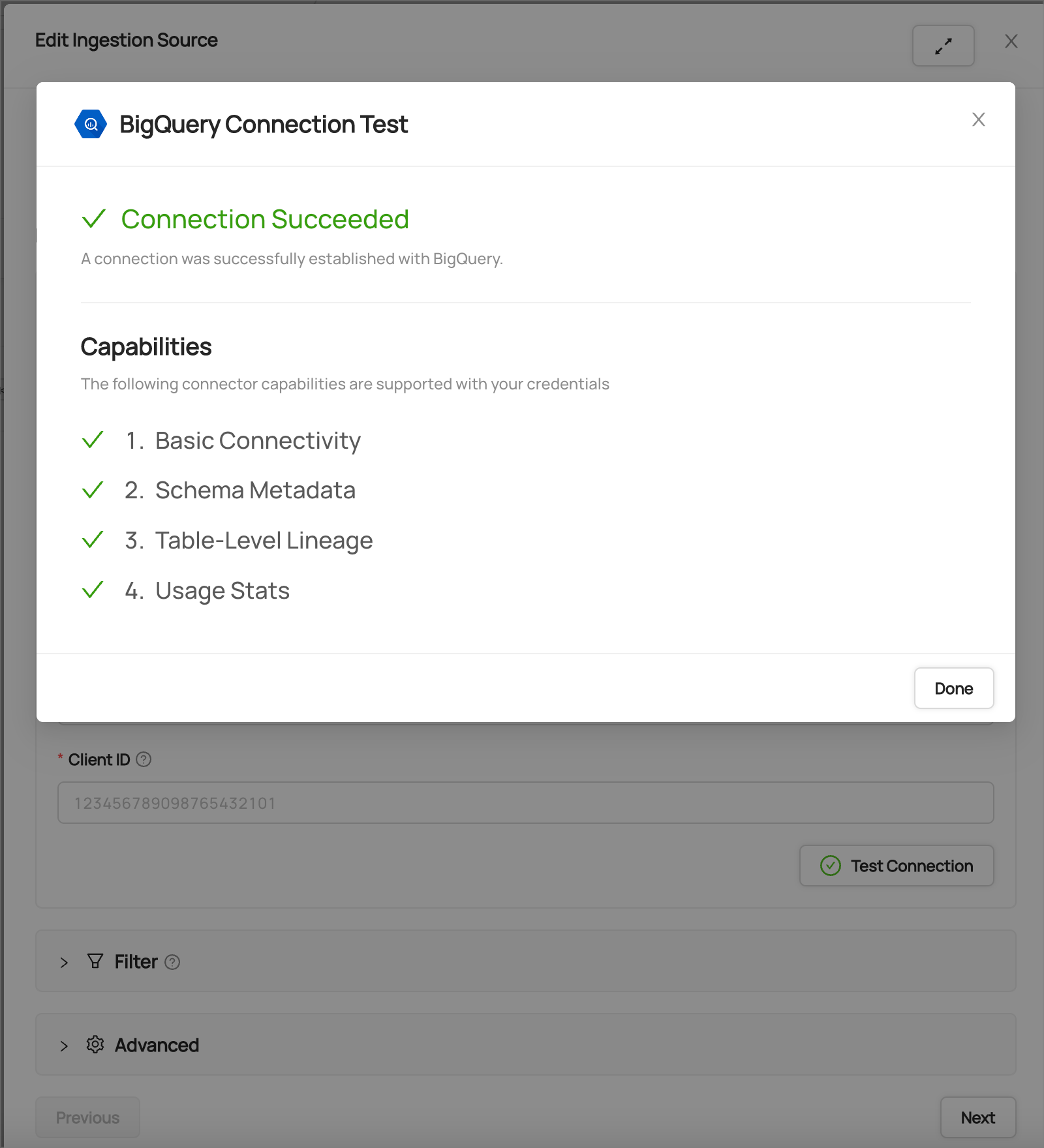
After you have successfully tested your connection, click **Next**.
## Schedule Execution
Now it's time to schedule a recurring ingestion pipeline to regularly extract metadata from your BigQuery instance.
9. Decide how regularly you want this ingestion to run-- day, month, year, hour, minute, etc. Select from the dropdown
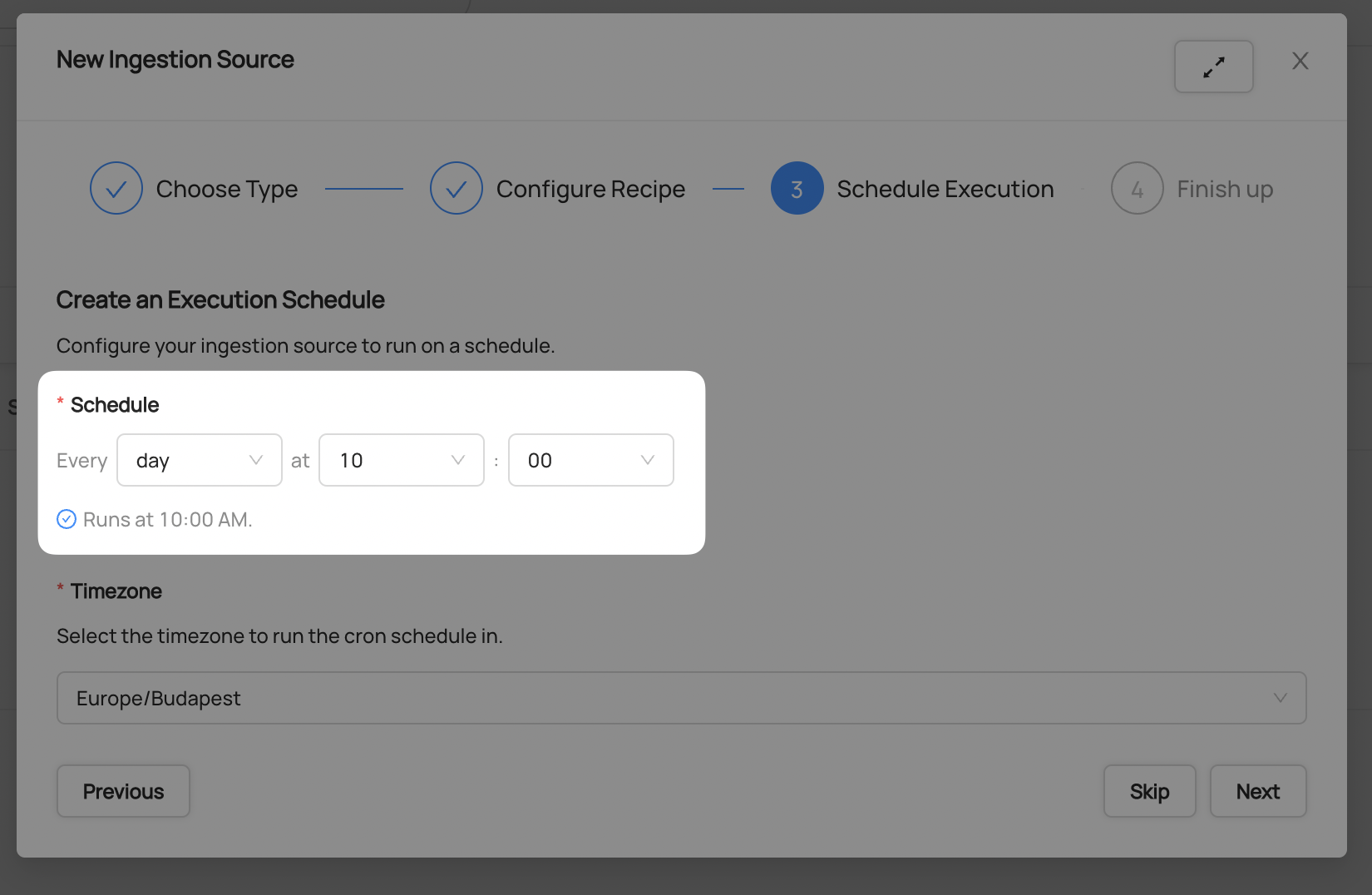
10. Ensure you've configured your correct timezone
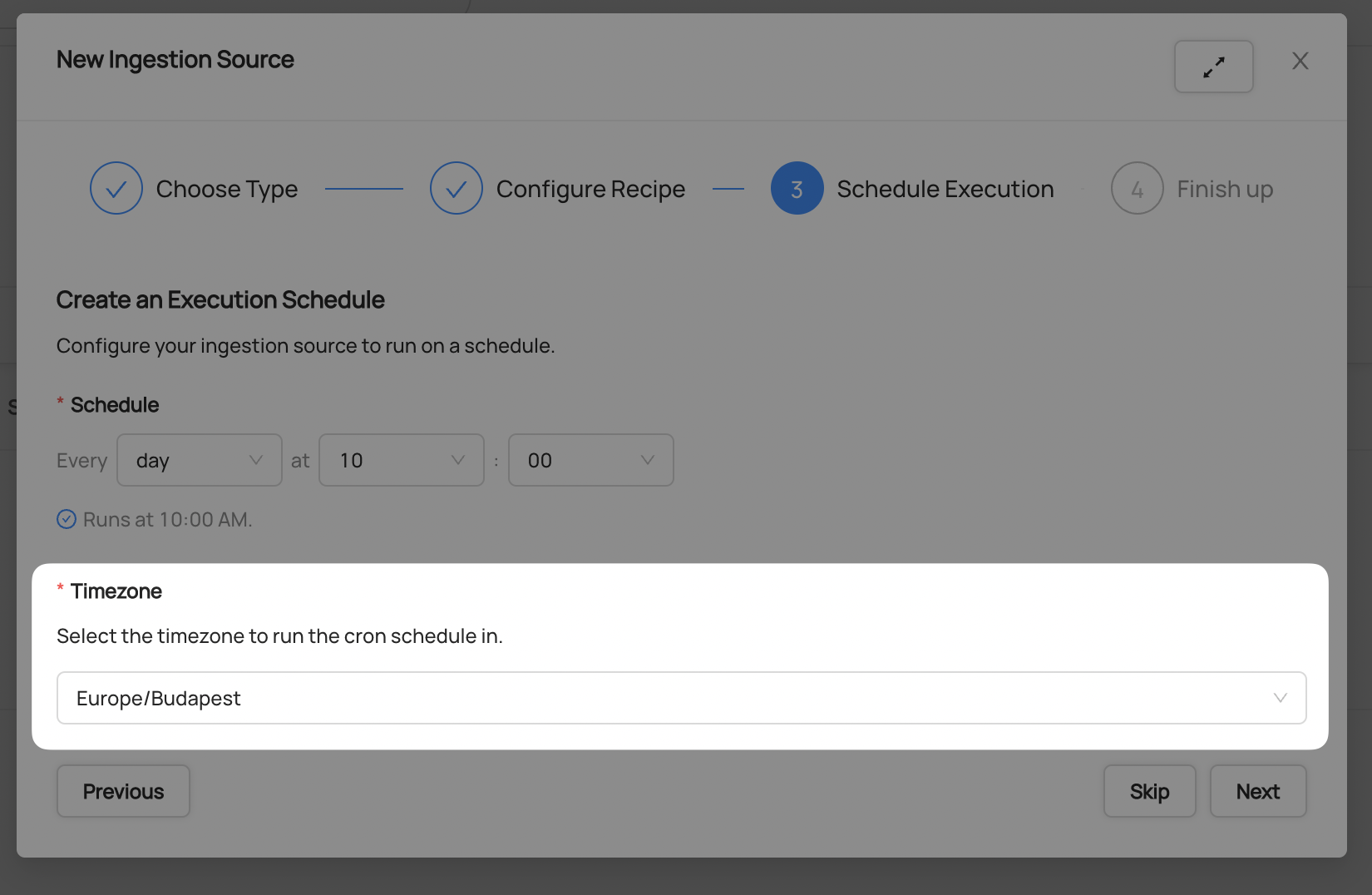
11. Click **Next** when you are done
## Finish Up
12. Name your ingestion source, then click **Save and Run**
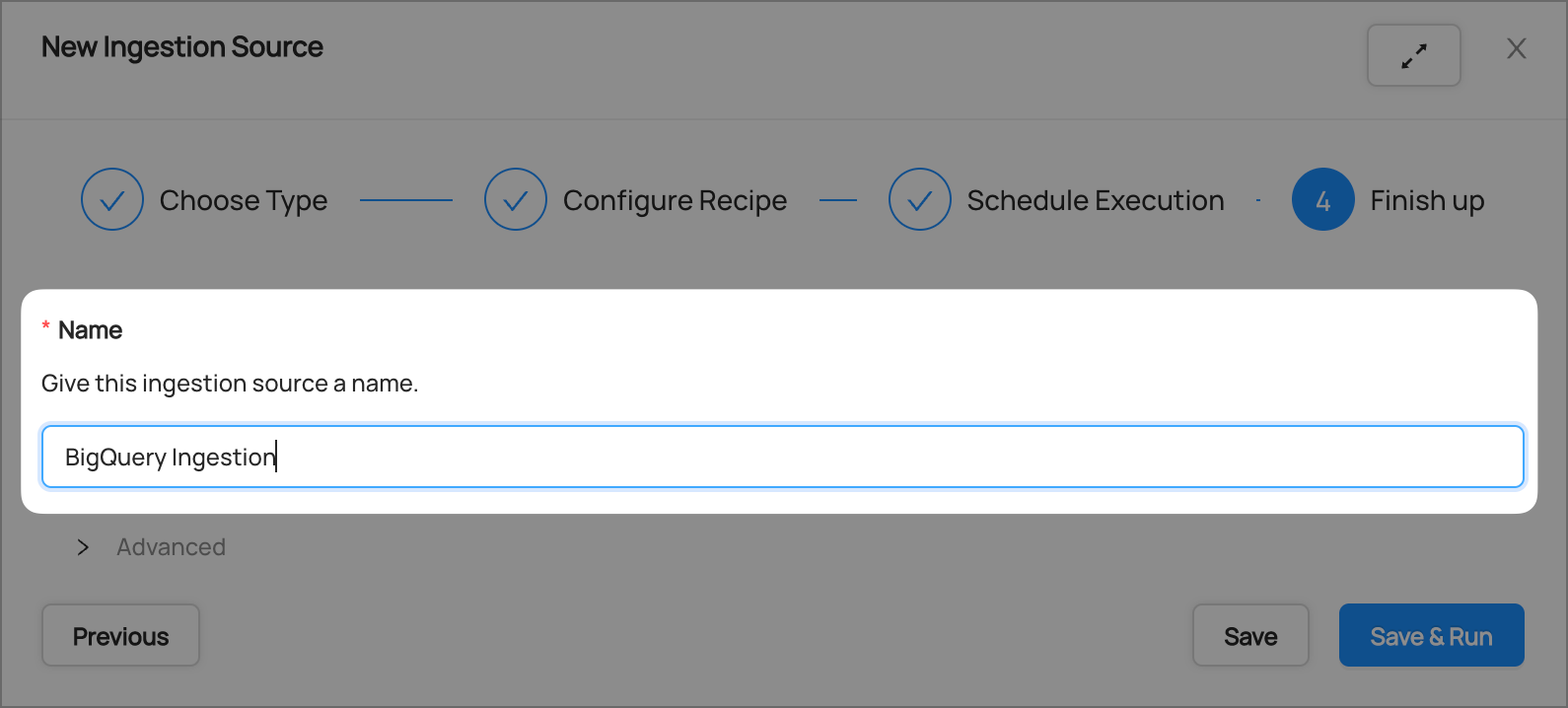
You will now find your new ingestion source running

## Validate Ingestion Runs
13. View the latest status of ingestion runs on the Ingestion page

14. Click the plus sign to expand the full list of historical runs and outcomes; click **Details** to see the outcomes of a specific run
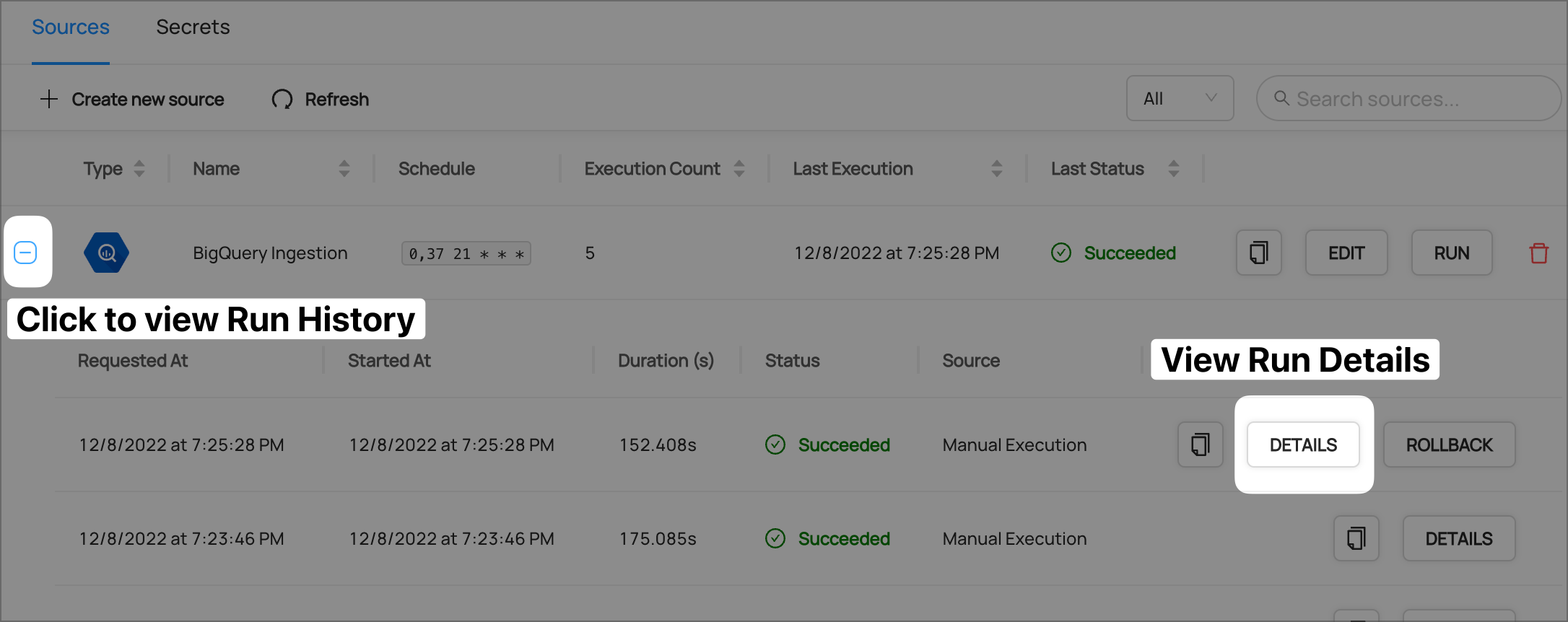
15. From the Ingestion Run Details page, pick **View All** to see which entities were ingested
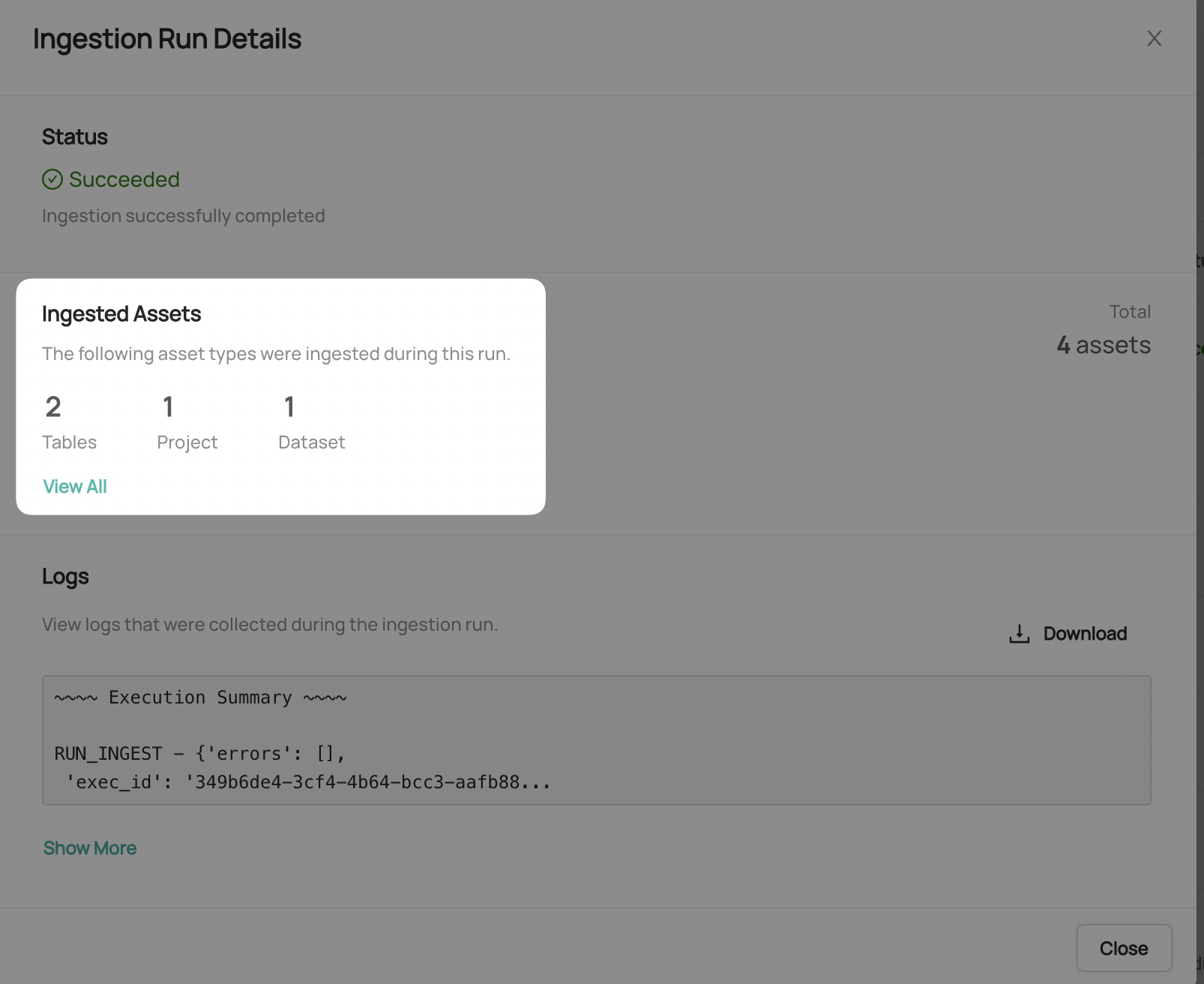
16. Pick an entity from the list to manually validate if it contains the detail you expected
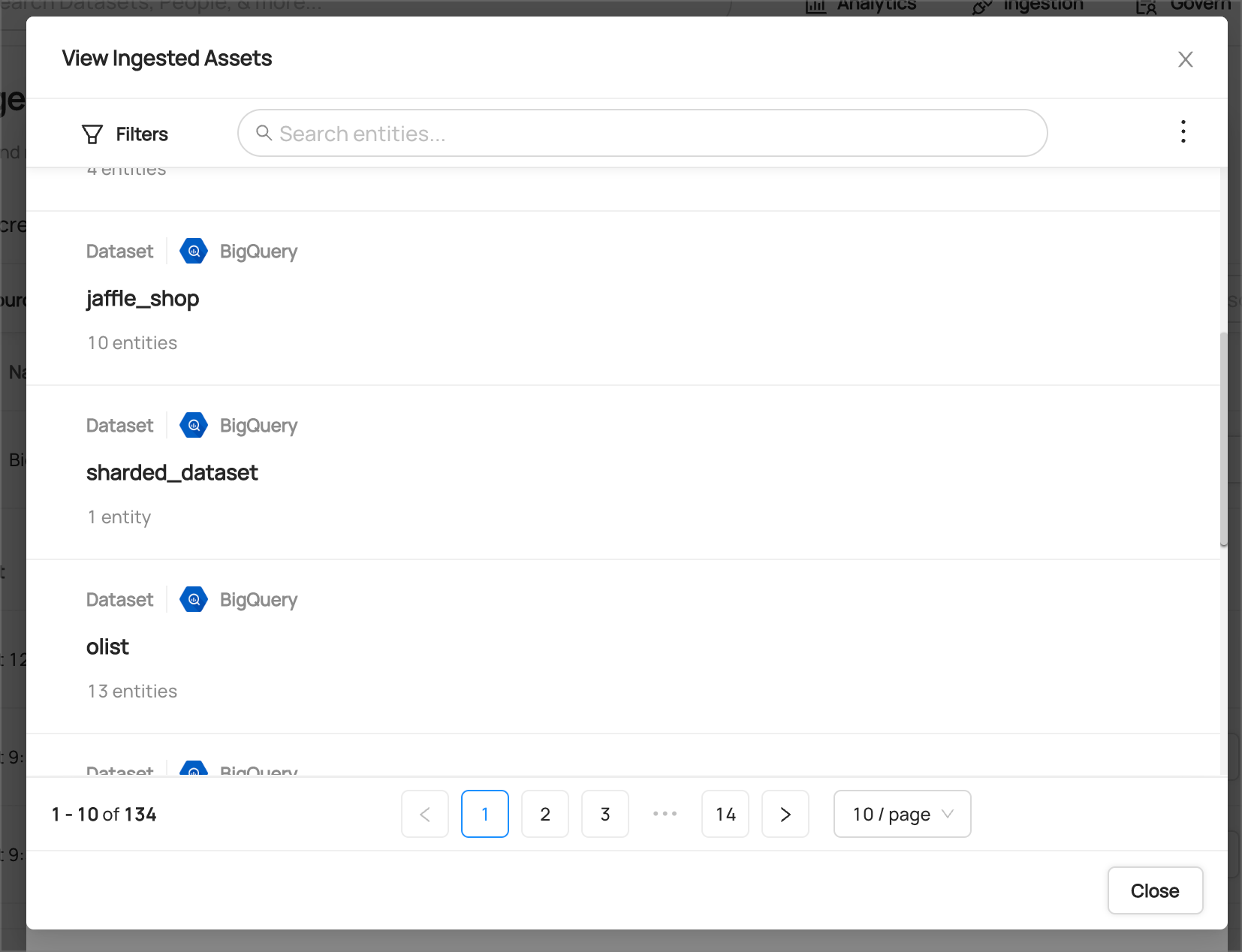
**Congratulations!** You've successfully set up BigQuery as an ingestion source for DataHub!
















